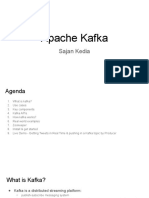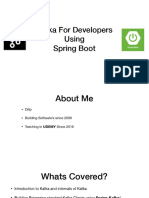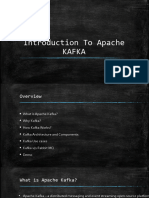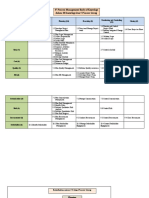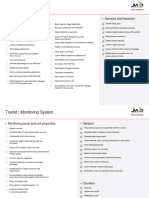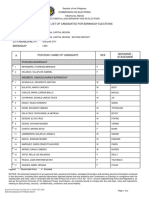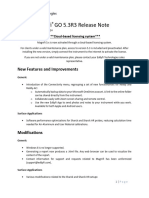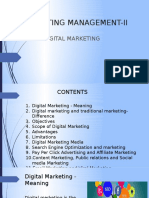0% found this document useful (0 votes)
4 views13 pagesKafka Interview Preparation
Apache Kafka is a distributed messaging system that allows real-time data transmission, storage, and processing, utilizing a publish-subscribe model. It features advantages such as loose coupling, durability, scalability, and flexibility, and differentiates itself from traditional message brokers like ActiveMQ/RabbitMQ through its pull-based message delivery and high throughput. Kafka organizes data into topics and partitions, ensuring reliable message replication and leader-follower dynamics for efficient data handling.
Uploaded by
peacock20221Copyright
© © All Rights Reserved
We take content rights seriously. If you suspect this is your content, claim it here.
Available Formats
Download as PDF, TXT or read online on Scribd
0% found this document useful (0 votes)
4 views13 pagesKafka Interview Preparation
Apache Kafka is a distributed messaging system that allows real-time data transmission, storage, and processing, utilizing a publish-subscribe model. It features advantages such as loose coupling, durability, scalability, and flexibility, and differentiates itself from traditional message brokers like ActiveMQ/RabbitMQ through its pull-based message delivery and high throughput. Kafka organizes data into topics and partitions, ensuring reliable message replication and leader-follower dynamics for efficient data handling.
Uploaded by
peacock20221Copyright
© © All Rights Reserved
We take content rights seriously. If you suspect this is your content, claim it here.
Available Formats
Download as PDF, TXT or read online on Scribd
/ 13







